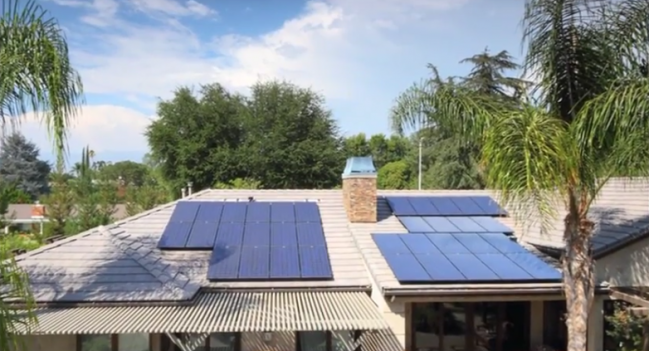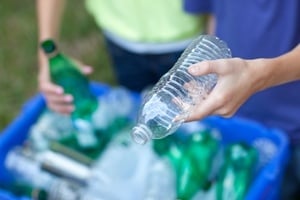[cleveryoutube video="TRmY3BJDH-M" vidstyle="1" pic="" afterpic="" width="" quality="inherit" starttime="" endtime="" caption="" showexpander="off" alignment="left" newser="" margin="true"]
Across the country, environmental and government agencies tell people to recycle their plastics, glass and aluminum, though many still have questions regarding the true positive impacts of recycling. While worldwide, eco-friendly living is becoming more common, there is still much work to be done to fully inform everyone of the vast energy-saving benefits recycling offers.
Recycling saves energy, in addition to lessening the burden on the country's landfills.
How does recycling save energy inside and outside the home?
Recycling is more than just feeling good about not throwing out a plastic water bottle or contributing less waste to a local landfill. Recycling also conserves natural resources and leads to vast energy savings. According to recent Environmental Protection Agency estimates, recycling eliminates 87 million tons of waste from clogging landfills across the country every year. By some figures, this amount is equal to around a third of all trash thrown away each year in the U.S.
No matter what product a company creates - from notebooks to canned goods - it is a long process that involves a significant amount of energy to both make and transport materials and finished products. Therefore, recycling allows manufacturers to create these same goods, yet lessens not only the amount of time that takes, but how much energy they use to do so.
How much energy does recycling save?
Figures associated with energy-savings and recycling are not rough estimates. For example, if the country recycles 85 tons of municipal solid waste, or MSW, manufacturers will use 1.3 quadrillion British Thermal Units less energy than creating products from new or raw materials.
Furthermore, breaking these numbers down into more manageable figures, the EPA reported that recycling just 1 ton of aluminum cans saves around 207 million BTUs. This conserved energy equals 1,665 gallons of gasoline! Even recycling just one aluminum can translates into energy savings that could power one television for three hours. Though some may think recycling their used products does not directly contribute to energy savings, many national statistics prove otherwise.
"One ton of recycled paper saves 17 trees."
Recycling saves energy by conserving the earth's raw materials
Recycling saves energy, but it also saves the limited supply of raw materials. Paper products, for example, account for 29 percent of all MSW. Manufacturing recycled paper goods uses 40 percent less energy and half the amount of water required to make non-recycled products. According to EPA reports, 1 ton of recycled paper saves 17 trees. The less trees cut down means the more carbon dioxide is absorbed from the air by these living trees, thus reducing pollution levels.
According to MBA Polymers, a leading producer of post-consumer recycled plastics, most plastic goods use seven unique types of plastic in their design. Through recycling plastic, manufacturers only use a tenth of the normal energy percentage used to create new goods. Meanwhile, though recycling glass materials only saves around 30 percent of energy, reusing old jars or bottles uses no energy whatsoever. Instead of buying new jars to hold household goods, homeowners can spend no money and reuse old products.
Does recycling save energy and the environment?
When landfills burn MSW instead of recycling, they release volatile organic compounds, carbon monoxide, nitrogen oxides and various pollution particles into the air and surrounding environment. All of these substances inhibit the country's ability to meet national clean air standards, along with contributing to significant health problems due to overexposure to pollution.
Nitrogen oxides in particular are one of the main contributors to smog formation, acid rain, ozone thinning and global warming. Each of these other particles and gases uniquely harm the environment, which could be avoided if the majority of Americans recycled their used products instead of throwing them away to be hauled to their local landfill.
The use of nonrenewable energy is also a major area of concern for those who are environmentally conscious. To lessen their carbon footprints, more people are turning to residential solar panels to power their homes with clean energy. Contact SolarMax Technology today to schedule a free consultation to learn more about California solar rebates and further information about solar energy.







